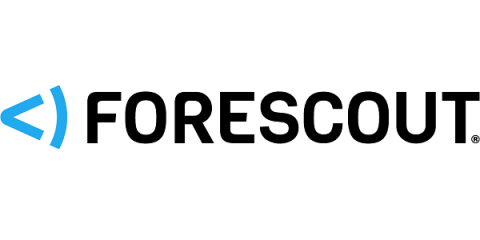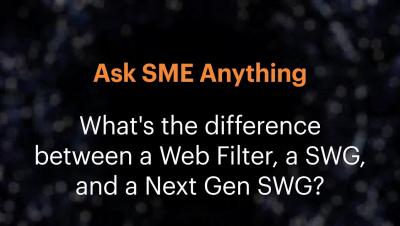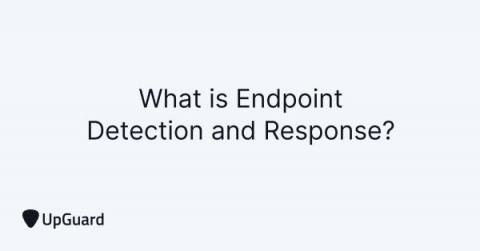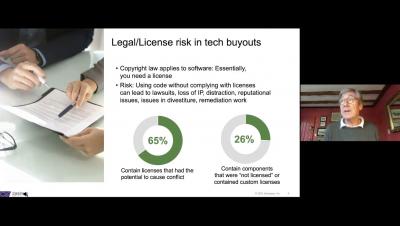Exploring extensions of dependency confusion attacks via npm package aliasing
Dependency confusion attacks are a form of open source supply chain security attacks in which an attacker exploits how package managers install dependencies. In a prior post, we explored how to detect and prevent dependency confusion attacks on npm to maintain supply chain security. In this article, we will present an extension of the dependency confusion problem utilizing npm’s package aliasing capabilities.











